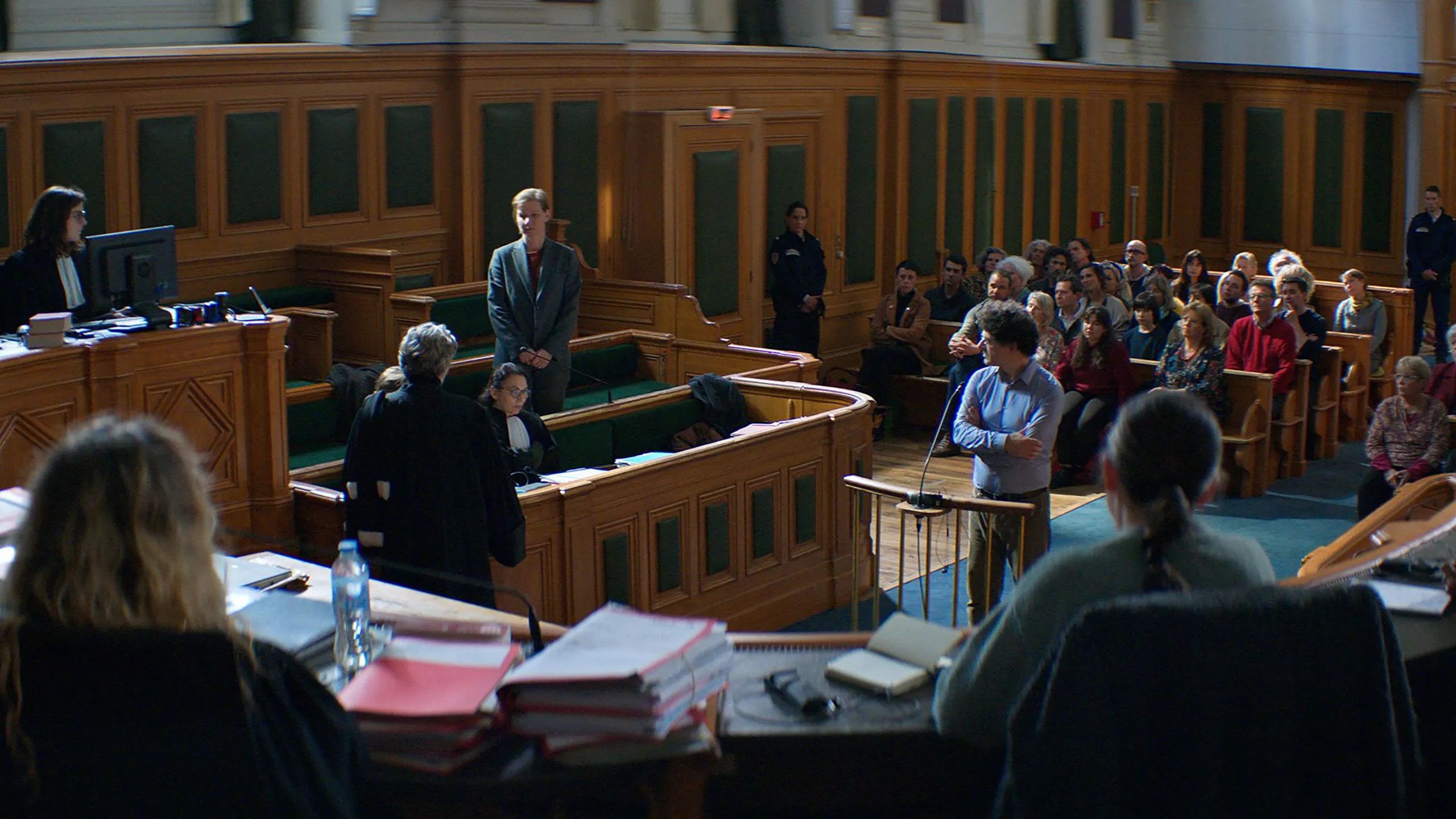


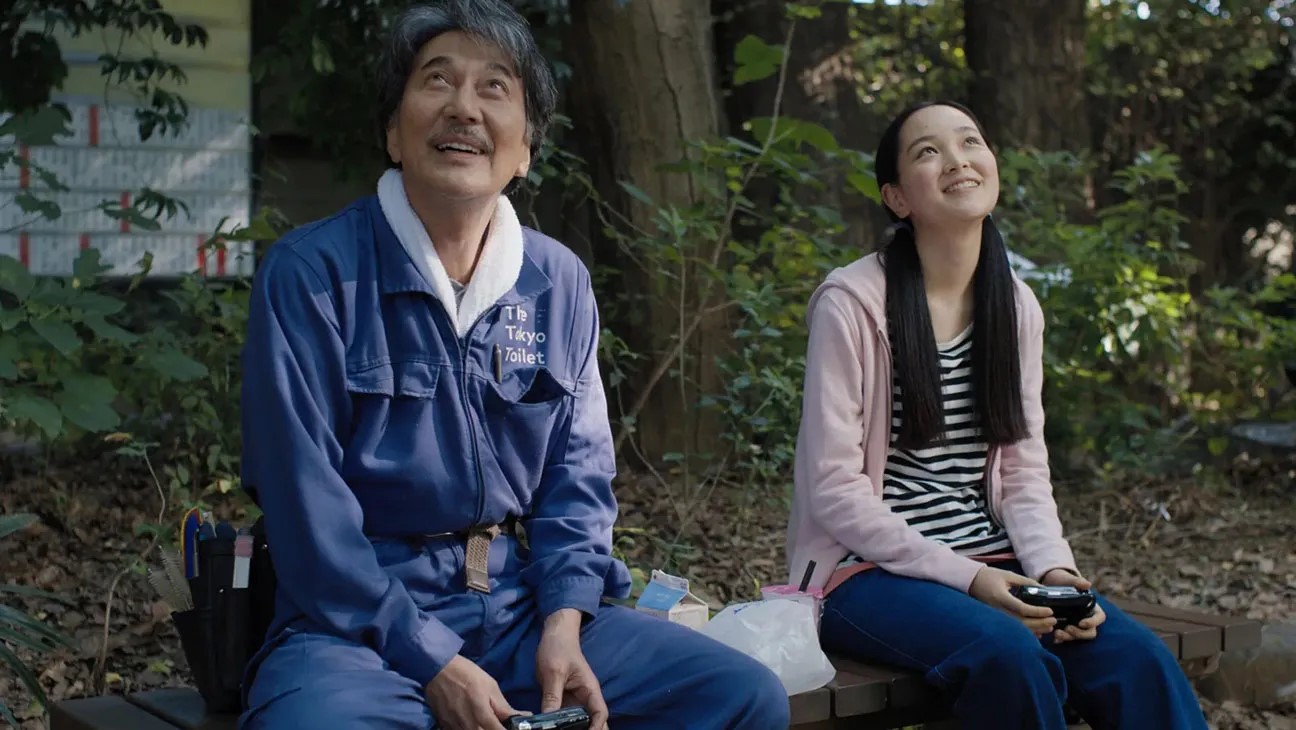
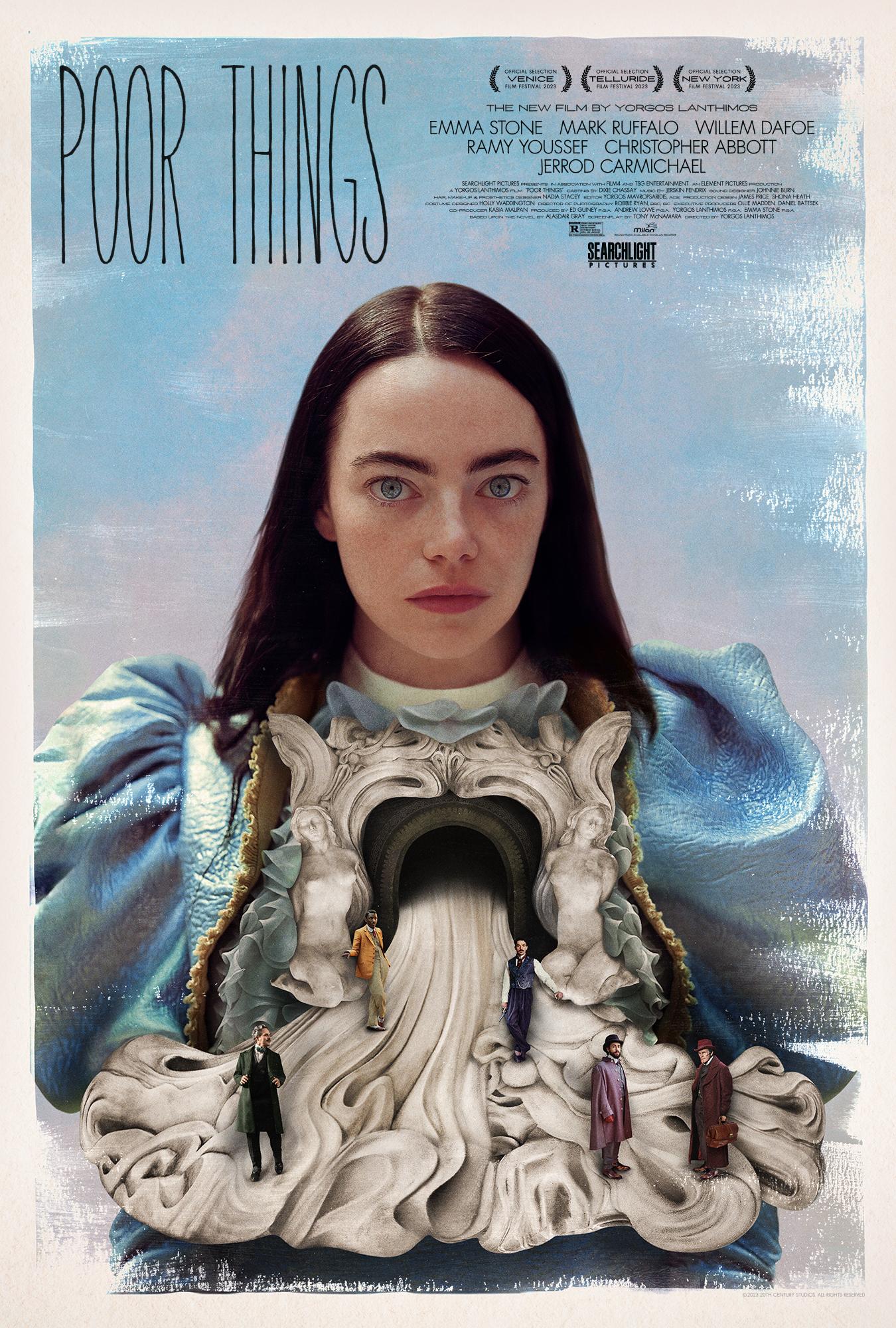

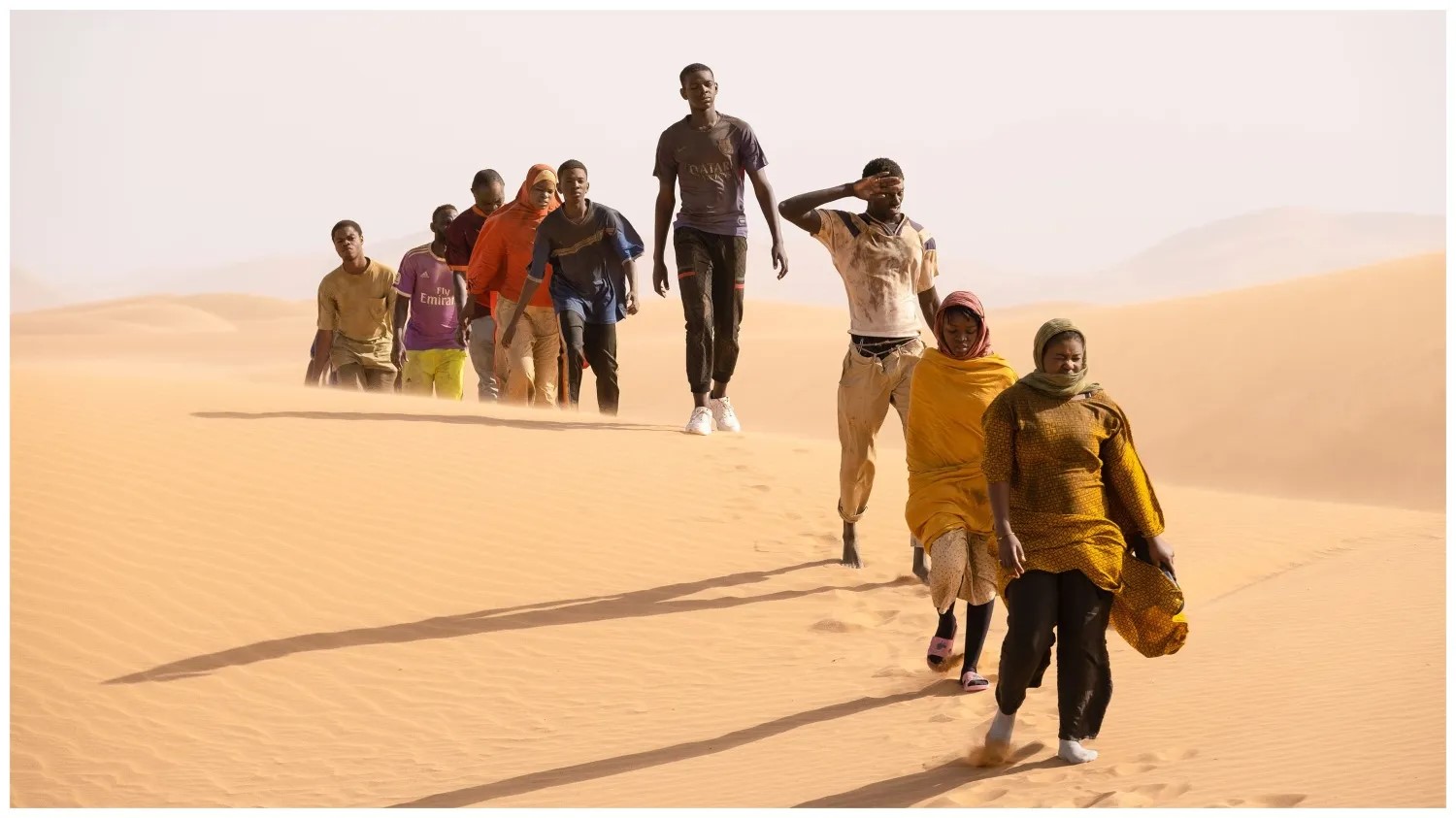




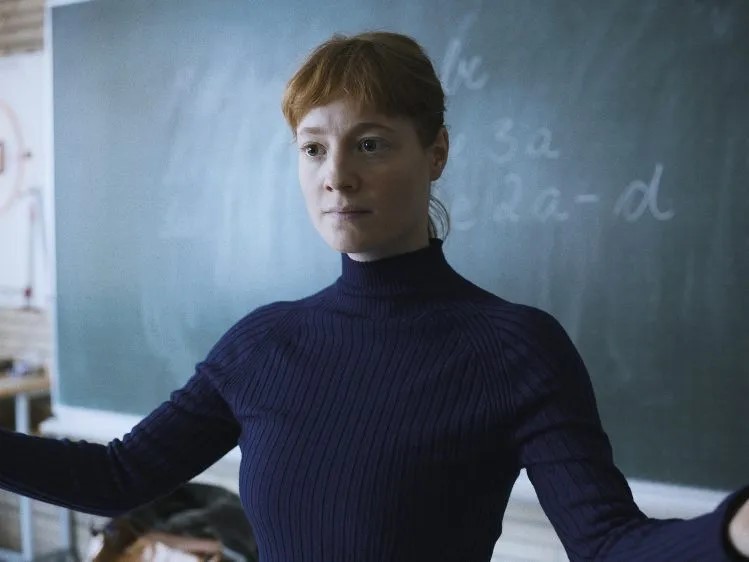

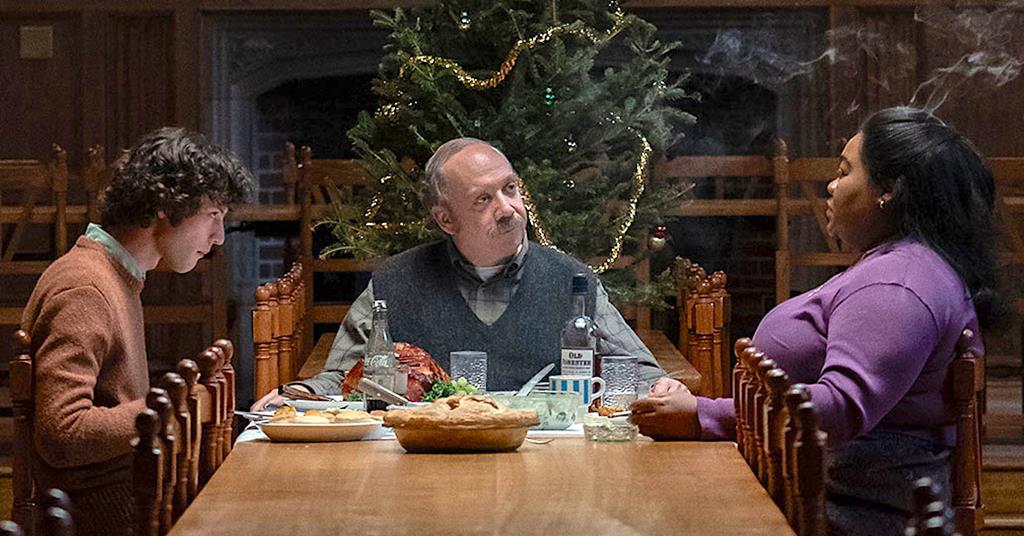


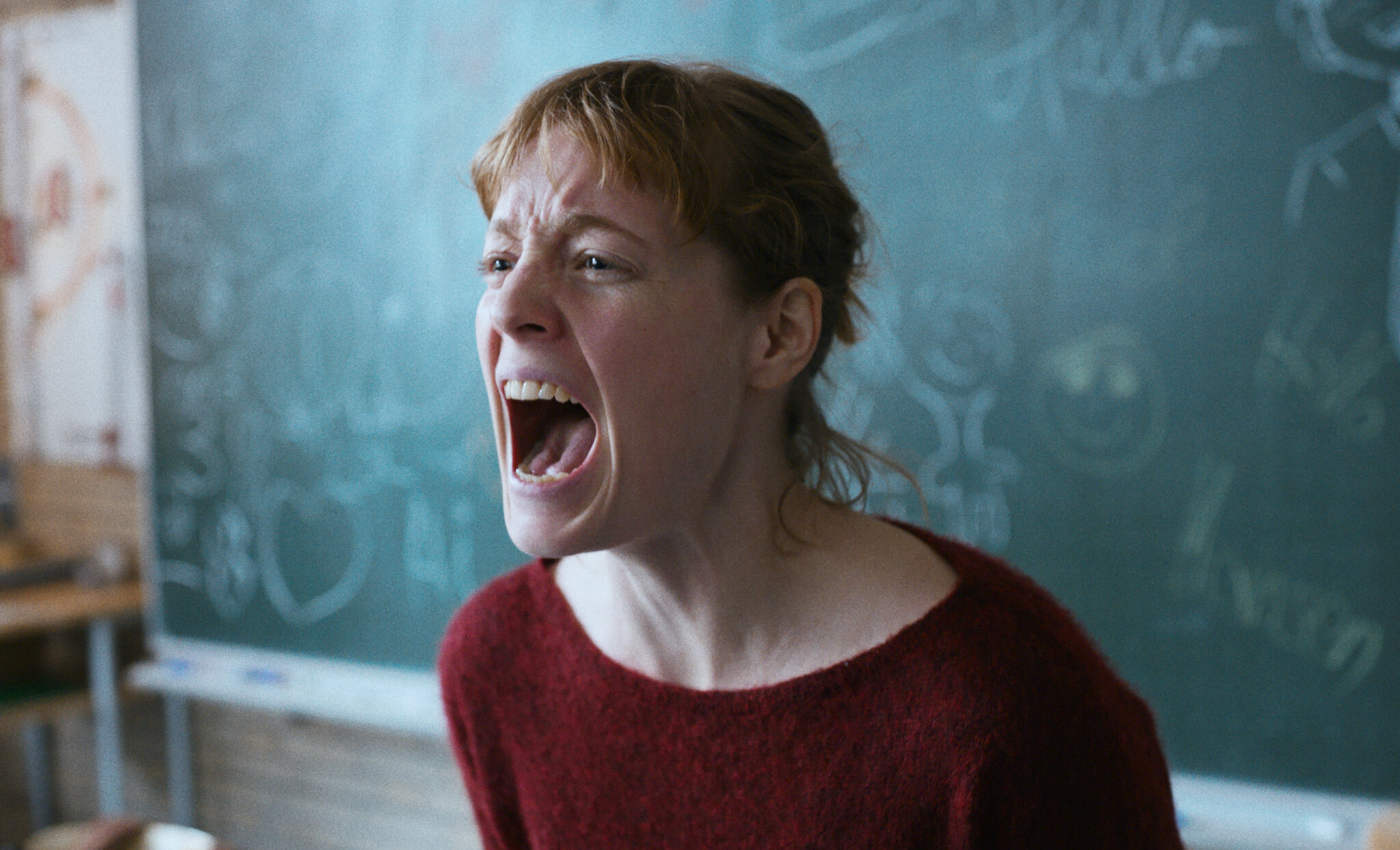



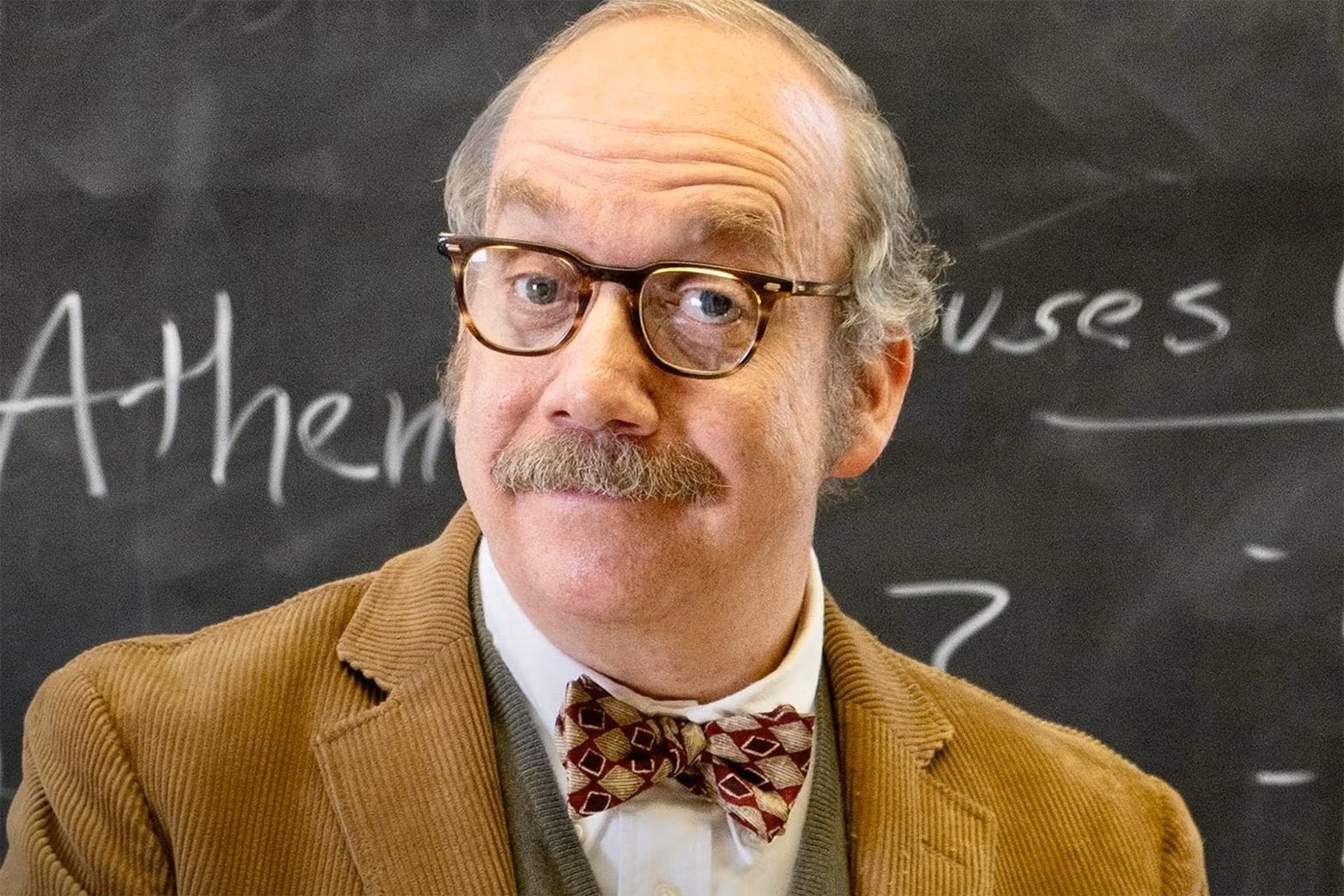
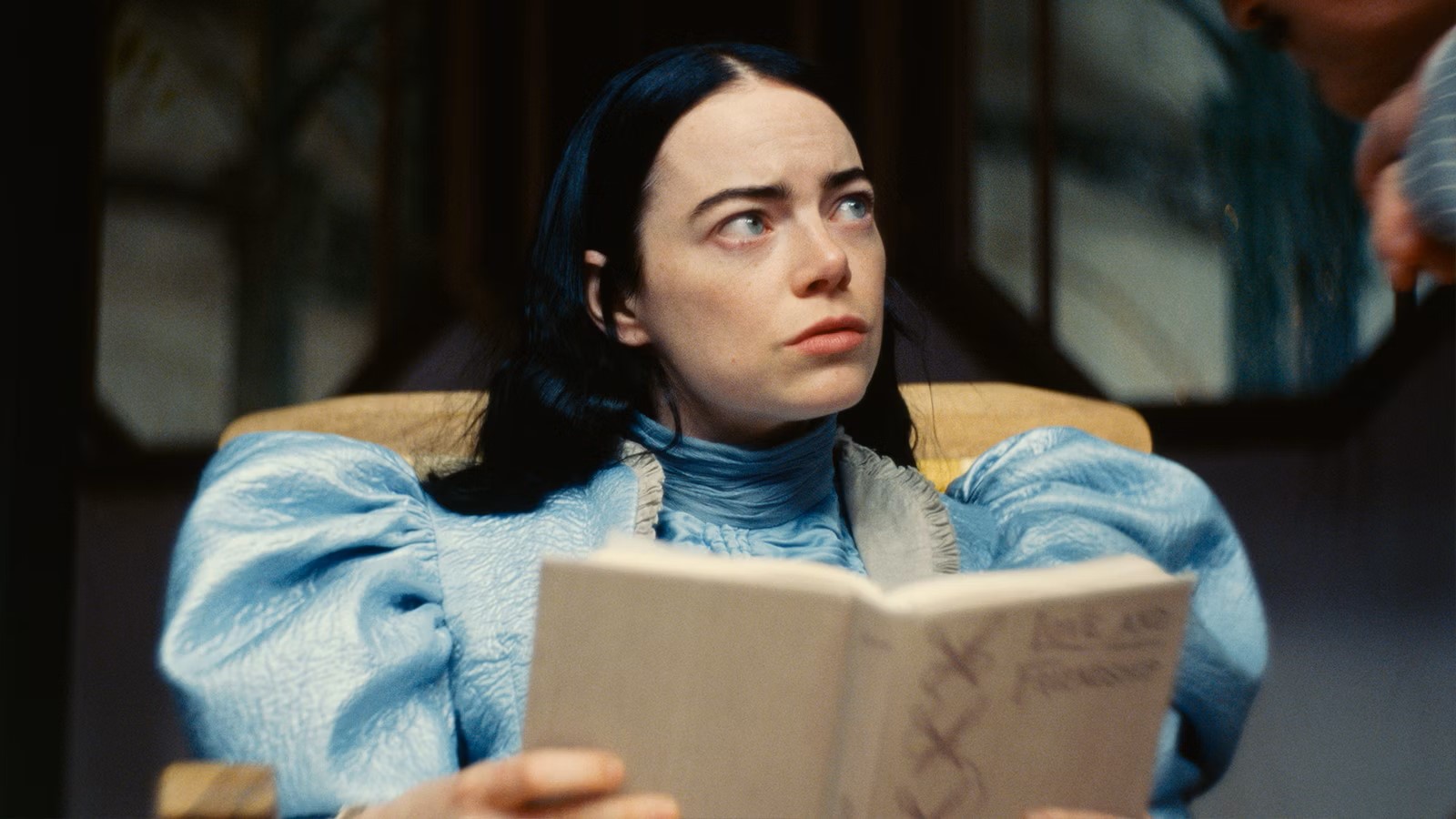



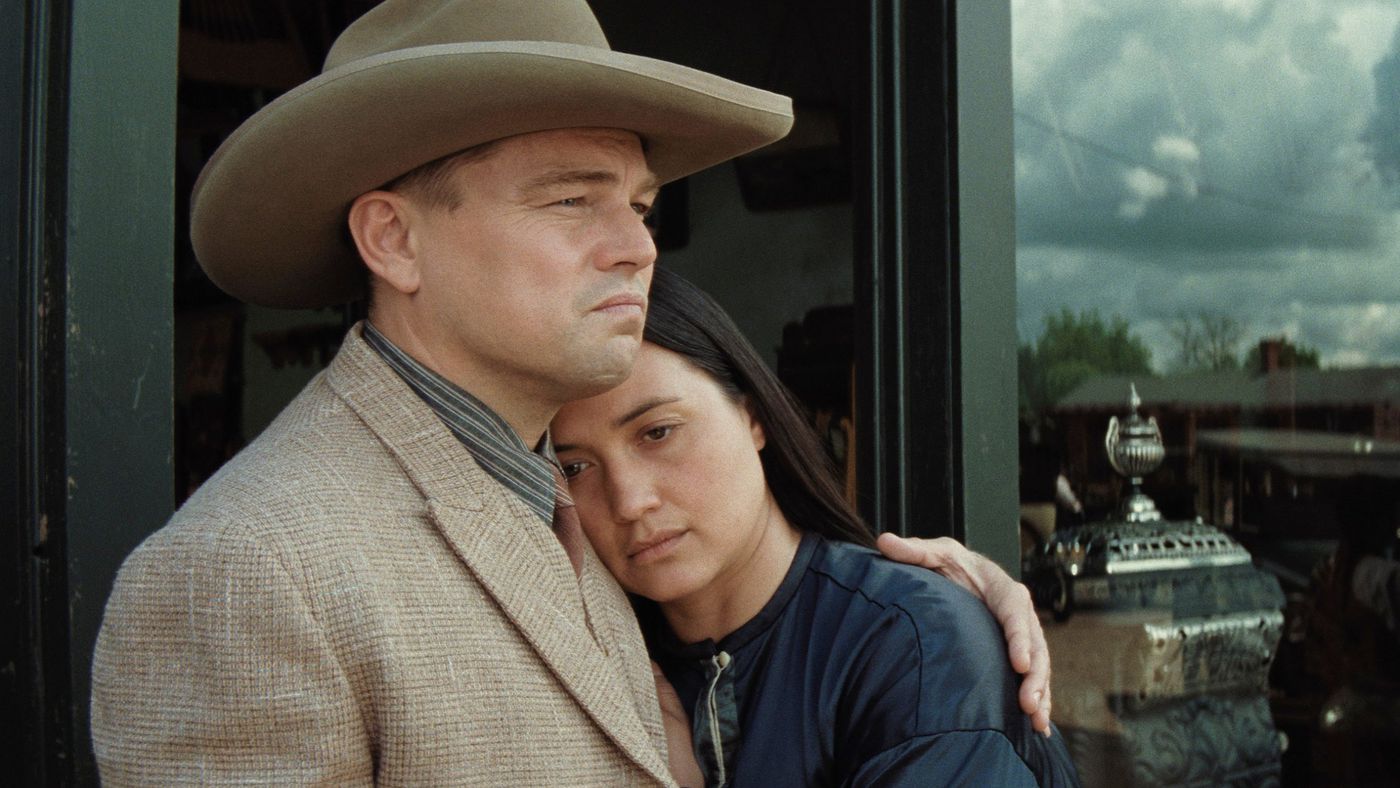
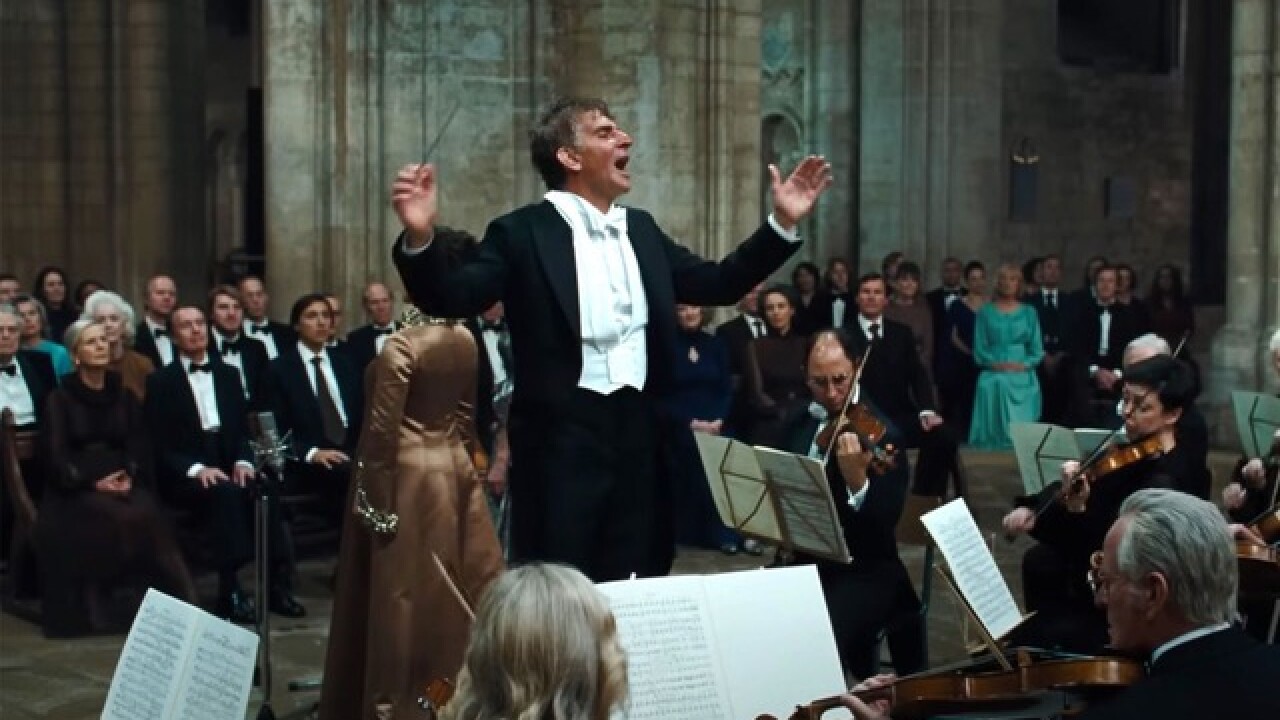

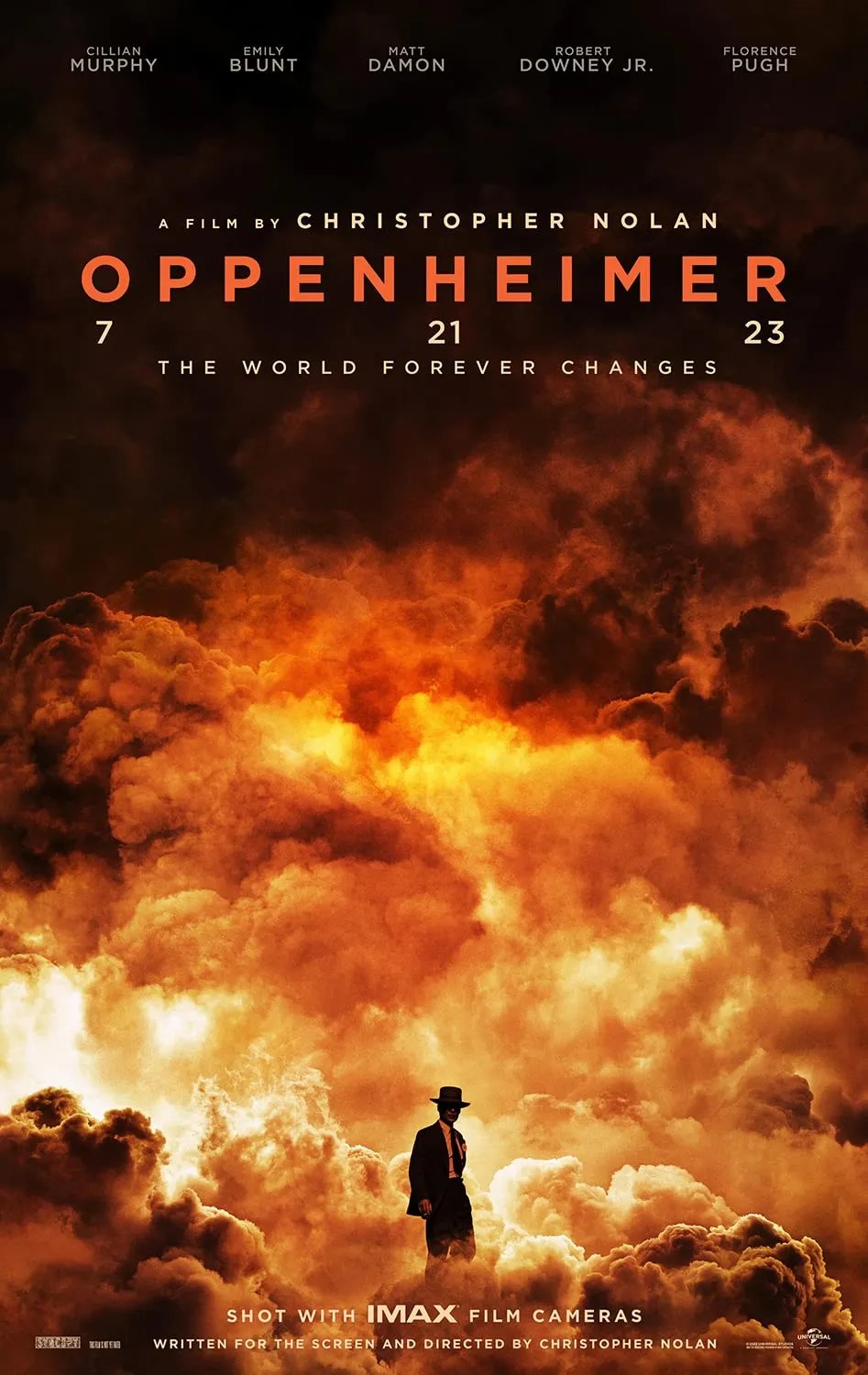




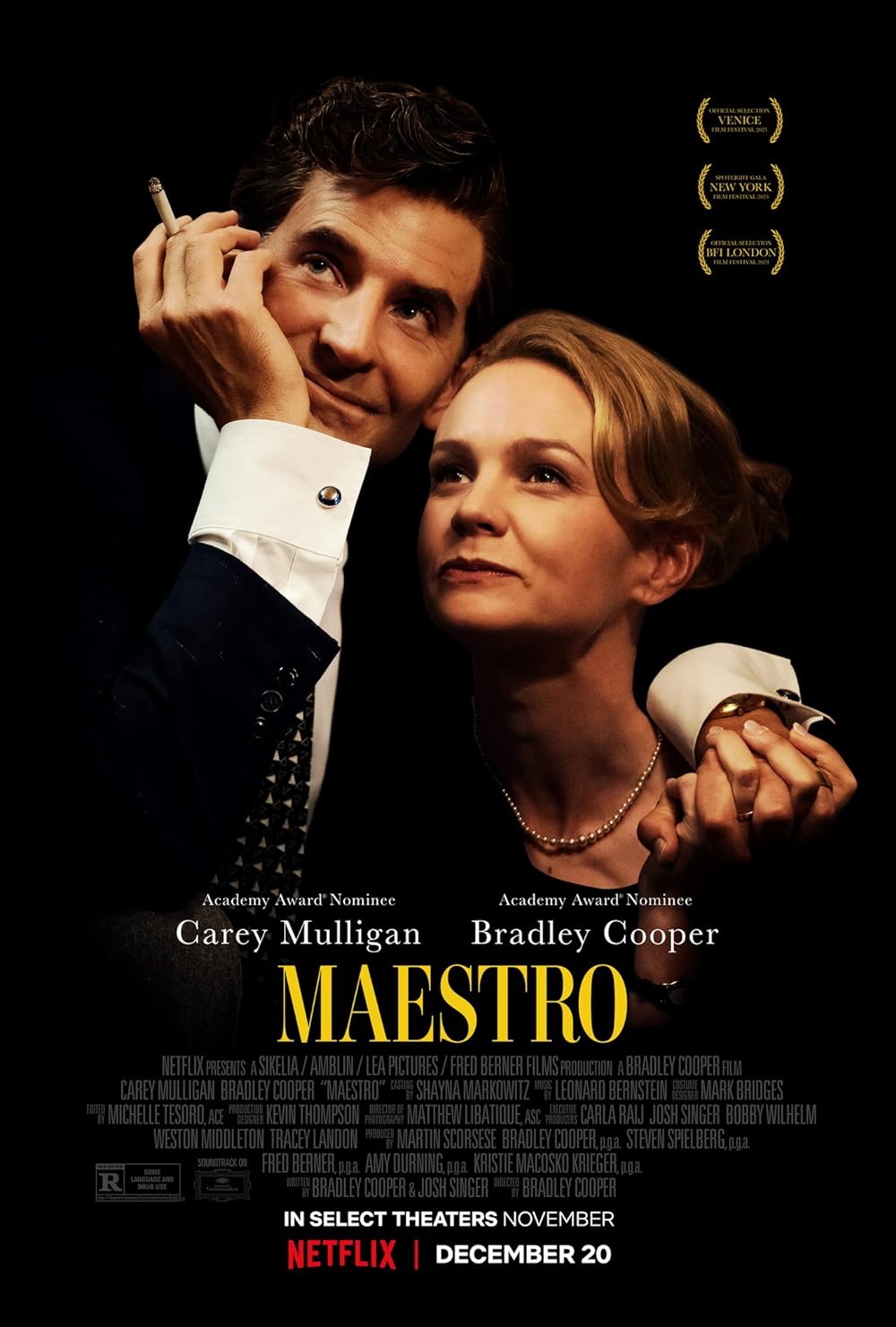




Best Picture Prediction for 2024 Academy Awards
By An Jingfu
First, let’s take a look at how the Best Picture is selected at the annual Academy Awards, presented by the Academy of Motion Picture Arts and Sciences (AMPAS) in the United States. The Oscars, awarded each year, primarily recognize outstanding achievements in American film art and technology. The nominations are evaluated by the voting members of the academy, totaling 24 categories. The Best Picture category is one of the most important ones. Nominees are selected through voting by approximately 10,500 eligible academy members, unlike other Oscar categories that are recommended and elected by different artistic committees. During the final voting period, which this year runs from February 22nd to February 27th, all members can vote on the final ballot for all Oscar categories. Except for Best Picture, each voting member can only vote once for each category, while the Best Picture voting follows a preferential/weighted voting system. Voters rank their preferences for the 10 nominated films, and then the votes are tallied by Pricewaterhouse Coopers. Each member’s vote is not discarded but continuously weighted. If a film appears as the first choice on over 50%+1 of all votes, it naturally becomes the Best Picture. If no film receives over 50%+1 of the first-choice votes, then the second-choice votes are considered, and so on until a film receives over 50%+1 of the votes and becomes the Best Picture. The results will be announced at the awards ceremony on March 10th this year.
The pattern for winning Best Picture: from a new and unique perspective, with new characters, new relationships, telling new stories, showcasing various expressions of love, sympathy, and humanitarianism, praising the pursuit of justice and truth. It may satirize, mock, expose, or condemn injustice and ugliness. Through the unique audio-visual aspects of film, combining various artistic elements of time, space, and personal style, the content (emotions, thoughts, viewpoints) is powerfully expressed. The form and content interact with each other, with the form becoming an expressive element of the content, tangible. The content is presented in a powerful form.
We can refer to the key points of the Best Picture winners from the past three years:
- 2023, 95th Academy Awards: Everything Everywhere All at Once
- 2022, 94th Academy Awards: CODA
- 2021, 93rd Academy Awards: Nomadland
In 2023, at the 95th Academy Awards, “Everything Everywhere All at Once,” also won Best Picture. The film brilliantly combines new media, new rhythms, unparalleled fantasy, and innovative genre blending. It integrates beautiful martial arts, comedy, science fiction, MTV-style elements, family drama, thrill, fantasy, and absurdity into a pluralistic cinematic style. It deeply portrays the anxieties and suppressions of Chinese Americans, highlighting the hardships and warmth of Chinese families. The climax’s unique martial arts sequences demonstrate the urgent need for ‘goodness’ and ‘love’ in our divided society today. The resolution of family conflicts and the return of love at the end are what every family needs.
In 2022, at the 94th Academy Awards, “CODA” won Best Picture. The film portrays the conflicts, care, love, pursuits, setbacks, and sacrifices of a deaf family of four, showcasing sympathy and concern for special vulnerable groups. The protagonist, a daughter with normal hearing, and her pursuits, willpower, setbacks, and sacrifices resonate with the audience. The sacrifices made by the entire family for the daughter are also an essential element that moves the audience. The climax, where the music teacher saves the day, elevates the film, and the audience’s sympathy and joy reach its peak with the daughter’s success.
In terms of cinematic audiovisual artistic elements, the director employs a simple yet effective method of capturing vibrant emotions and conflicts through scenes such as the father touching his daughter’s throat to sing, devoid of dazzling brilliance. This unpretentious form and unified content have won the favor of academy members, earning the film the honor of Best Picture.
In 2021, at the 93rd Academy Awards, “Nomadland” won Best Picture. The film effectively integrates visual elements of traditional Chinese painting into modern cinema, following a group of disadvantaged modern nomadic workers, portraying their loneliness, struggles, kindness, sympathy, mutual assistance, and contentment without greed, contention, or obsession. This mindset, in contrast to the traditional American values of individual striving, pursuit of fame, success, and a happy home, is subversive, pointing out a simple and down-to-earth life path imbued with Zen spirit.
In the use of cinematic audiovisual language, the director uses scenes from Chinese landscape paintings that embody the Zen spirit, placing the characters in harmony with the natural world, expressing their loneliness and contemplation, experiencing the vastness of nature and the insignificance of humanity, entering a state of selflessness and humbleness. Close-ups of plants, rocks, and insects resemble Chinese ink wash paintings, allowing the audience to experience the tranquility of nature and the interconnectedness of all things. Close-ups of objects, such as the empty chairs in David’s house, symbolize the idea that home does not belong to the protagonist. Many brilliant scenes in the film are built upon the protagonist Fern merging with nature, drawing strength and inspiration from it. Although there are not many extreme close-ups in the film, they effectively showcase the characters’ psychological experiences. This film, with its Eastern audiovisual elements and principles, portrays an Eastern philosophical attitude towards life, allowing the audience to contemplate, experience, and delve into Zen spirit through the characters’ relationship with nature, pondering the essence of life. Especially in the stage where the threat of the Covid virus is claiming human lives, the film becomes even more meaningful. This is almost unprecedented in the history of world cinema.
Based on the pattern of selecting such Best Pictures, I have made a prioritized/weighted selection of this year’s 10 Best Picture nominees according to the academy’s rules.
- “Oppenheimer” – Written and directed by Christopher Nolan The film, using a rare method of intersecting multiple narrative threads, adapts the 721-page original work “American Prometheus” (2005) by Kay Bird and Martin J. Sherwin into a movie. It tells the story of J. Robert Oppenheimer, the father of the American atomic bomb, covering most of his life – his theoretical aspirations, his interactions with the American Communist Party, overseeing the successful development of the world’s first atomic bomb, the dropping of the atomic bomb on Japan, concerns about the further development and competition of nuclear weapons after the end of World War II, and his persecution by the narrow-minded chairman of the U.S. Atomic Energy Commission, Lewis Strauss, leading to his investigation by security committees and termination of participation in defense research until his honor is restored. The events are complex, with numerous characters, theoretical aspirations, internal and external conflicts, with the talented craft of screenwriter and director Christopher Nolan, they are handled in a compact and orderly manner, full of suspense, like a complex symphony. Themes such as the development, use, competition, and consequences of nuclear weapons, the suspicion of famous scientists by the U.S. government during the Cold War, and the betrayal of the father of the atomic bomb by the “petty” chairman of the U.S. Atomic Energy Commission are intertwined, driving the audience to understand the characters, historical facts, and reflections on the wars, nuclear weapons competition, and concerns about deterrence in the world today, as well as reflecting on the suspicion of scientists’ loyalty, all of which have profound historical and real-world significance. The scale, epic nature, psychological depth, suspense, thematic relevance, historical lessons, and reflections, as well as the use of unique cinematic narrative techniques, put this film at the top of the list of 10 nominated films. Some scenes are shot and edited excellently, such as the successful test detonation of the atomic bomb, the victory celebration, and the Strauss hearings. In addition to winning the Best Picture award, the film is also likely to win Best Director, Best Adapted Screenplay, Best Actor (Cillian Murphy), Best Supporting Actor (Robert J. Downey), Best Editing, and Best Cinematography awards. I am reserved about the Best Music award; while the continuous music throughout the film indeed increases the suspense, the technique is outdated and does not leave room for the audience to appreciate the movie’s sound.
- “The Killers of the Flower Moon” – Written by Eric Roth, directed by Martin Scorsese This is a story that exposes a small group of white people’s greed in the 1920s, who murdered Osage tribe women to seize their oil-rich property under the guise of marriage. With the protagonist Mollie’s struggle for justice, the FBI is established, investigations and interrogations are conducted, and the masterminds and murderers are imprisoned. The film’s scale and depth are epic and loudly advocate justice. The original author David Grann spent ten years researching and writing the factual book (352 pages). The title of the film comes from the Osage tribe, where every May, the blooming flowers are overshadowed and suffocated by taller plants. The title has a double meaning: the prosperous Osage tribe’s oil is usurped by scheming white people, and the women of Mollie’s family are killed in May. The 81-year-old director Martin Scorsese is highly skilled and profound in his artistic achievements. With a strong sense of justice, he uses his expertise in depicting violence to tell the story of greed, conspiracy, violence, and brutal murders led by William King (Robert De Niro) and carried out by Ernest Burkhart (Leonardo DiCaprio). Martin Scorsese’s camerawork and editing reach a state of artistic freedom, with every scene being magnificent. The main narrative and theme is Burkhart’s greed and betrayal of the kind-hearted protagonist Mollie. The film is nominated for Best Picture, Best Director, Best Actress (Lili Gladstone), Best Supporting Actor (Robert De Niro), Best Cinematography, Best Editing, Best Production Design, and Best Music. It is estimated that Lili Gladstone, who plays Mollie, and Emma Stone, who plays Bella Baxter in “Poor Things,” will be competing against each other.
- “Poor Things” – Written by Tony McNamara, directed by Yorgos Lanthimos Based on the 1992 novel by Scottish writer Alasdair Gray (1934-2019), the film tells the story of a young woman named Victoria who commits suicide by jumping into a river during the Victorian era in Britain. She is rescued by the eccentric-looking surgeon Baxter, who transplants the brain of the embryo inside her into her own body, giving birth to a young woman named Bella Baxter. Initially, Bella cannot walk and behaves strangely and illogically. However, her intelligence grows rapidly, and she accidentally discovers the allure of sex, becoming interested in the outside world. She abandons her fiancé Max, Baxter’s assistant, and elopes with the seductive lawyer Dunken, traveling the world. Bella is not particularly interested in sexual love, only in sexual intercourse. Despite frequently having sex Dunken cannot control Bella. Bella feels sad when she hears Fado blues in Lisbon and is puzzled when she sees lovers quarrel on street. She does not understand social rules, causing Dunken to lose face. Bella meets Martha, an elderly woman who resembles a philosopher, and Harry, a black man, on a cruise ship, becoming interested in philosophy and reading. Under Harry’s guidance, she sees dead babies of poor people for the first time in the port of Algiers, feeling great sympathy and shedding tears of pain. She gives all the money she won from Dunken at the gambling table to the sailors to pass on to the poor people on land but is cheated and unable to pay the fare, so she and Dunken are kicked off the ship. In Paris, Bella mistakenly enters a brothel to start earning money to support herself and abandons Dunken. She shows no sadness about her situation, entertaining various clients, including sadists. She befriends a black prostitute and develops socialist ideas and has joyful sex with her. Dr. Baxter gets cancer and is dying. Max learns about Bella’s whereabouts and addresses from Dunken, who is in prison, and writes a letter to bring Bella back to Baxter. After experiencing adventures and various experiences, Bella has become a full woman. She learns about her origins and thanks Baxter and Max. Just as Bella is preparing to marry Max, Dunken brings General Alfie Blessington. Blessington believes Bella is the deceased Victoria and claims her. Bella willingly follows Blessington to his estate to learn about Victoria’s story and the cause of her death. She learns that it was Blessington’s cruelty and sexual abuse that forced Victoria to commit suicide. Bella shoots Blessington in the foot and takes him to Baxter’s operating table, where she and max implant a sheep’s brain into his body. Bella and Max accompany Baxter peacefully to his death. Bella studies for exams, hoping to inherit Baxter’s medical skills. The sheep-form Blessington crawls around in the garden.
Director Yorgos Lanthimos’ film characters and plots have always been bizarre and absurd, and so is his visual style. He often uses wide-angle, low-angle, zoom, fisheye, IRIS (iris, pupil), fast-moving shots, and bizarrely exaggerated production design. His films present a unique beauty within the overall bizarre and absurd, leading the way among today’s filmmakers with no rivals. Watching his films is like drinking a strange wine, rich, intense, fragrant, and with a lingering taste. “Poor Things” tells the story of a female created by medical science, from knowing nothing to discovering sexual pleasure but not being controlled by it, to exploring the world, reading philosophical books, working as a prostitute, and becoming an independent and mature bizarre fantasy. The subversive feminist character portrayal is fresh, unique, and highly successful. Other people’s sympathy, evilness, vulgarity, and exploitation are evident in their recognition and attitude toward her. Her naivety, clumsiness, kindness, purity, adventure, and breaking of traditional moral concepts win the sympathy of the audience. The kindness of Baxter and Max towards Bella is also touching. The outstanding performances by the actors, led by Emma Stone, and excellent cinematography, production design, costumes, and makeup elevate director Yorgos Lanthimos’ bizarre aesthetics to the extreme. Its artistic achievements, innovation, impact on audiovisual perception, and unique aesthetic enjoyment are rare. Compared with “The Killers of the Flower Moon,” “Poor Things” clearly surpasses the latter in artistic achievement. The film is nominated for Best Picture, Best Actress (Emma Stone), Best Director, Best Production Design, Cinematography, Music, Costume Design, Makeup, and Hairstyling. These nominations are all highly competitive.
- “American Fiction” directed and written by Cord Jefferson (1982-), is an adaptation of the 2001 novel “Erasure” by Percival Everett (1956-).
The film’s concept is fresh, the perspective is unique, the characters are rare, the content is profound, and it resonates emotionally, not lacking in natural comedic conflicts that reveal absurdities within those conflicts. The director focuses on the commercialization of black writers by the American publishing industry, as well as issues and love within American middle-class families, presenting them to the audience in a multi-layered, multi-themed symphony. The freshness of the characters, the multi-layered character development, and the comedy arising from natural comedic situations are the charms of the film. Compared to “Poor Things,” one is warm and natural with dark humor, the other is bizarre and absurd. “American Fiction” adheres more to the rules of traditional comedy, requiring comedic talent in the scriptwriting. The writer-director cleverly combines the commercialization of black writers by the American publishing industry with the conflicts of the protagonist writer Monk’s middle-class family, presenting it to the audience in a comedic form, achieving remarkable success. Hence, it won Best Picture, Best Adapted Screenplay, Best Actor (Jeffery Wright), Best Supporting Actor (Sterling K Brown), and a Best Music nomination. In fact, every actor in the film is excellent, portraying a group of black characters not often seen by the audience.
Monk Ellison is an African-American writer and professor in Los Angeles, teaching writing at a university. His work receives academic acclaim but sells poorly. No one wants to publish his just-completed novel because it’s not “black” enough. To exacerbate matters, he gets suspended from his teaching position for arguing with students about racial issues, and the school sends him on temporary leave to attend a literary forum in Boston. Monk agrees eagerly, as it’s also an opportunity to visit his mother and sister. The literary discussion is lackluster, but in the next room another female author, Sintara, steals the show with her meet-and-greet because her bestselling novel, We’s lives in Da Ghetto caters to the American public’s demand for “blackness.”
Monk’s mother shows symptoms of Alzheimer’s, and his doctor sister, who was caring for their mother, unexpectedly dies of a heart attack. Monk has a brother Cliff who works as a surgeon in St. Louis, recently came out as gay and divorced his wife. He also returns to Boston to visit their mother, and conflicts arise between him and Monk. To earn money for his mother’s medical care and to mock the publishing industry to showcase his talent, Monk writes “My Pafology” a novel that imitates and satirizes the clichés favored by the publishing industry for black authors. Unexpectedly, a publisher offers him an advance of $750,000. This sets off a series of comedic situations and conflicts, along with a string of comedic surprises. His agent advises him to use the name of a criminal, Stagg R. Lee, as the author’s name to promote the work. This tactic unexpectedly leads him to a film producer, Wiley, who offers $4 million for the film rights. To insult the publishers while not wanting the novel to be published, he renames the novel “FUCK.” Surprisingly, the publisher loves the new title. Monk’s mother moves into a nursing home, and “Fuck” becomes a bestseller. During a press interview, Monk pretends to be a fugitive Stagg, intriguing an FBI investigation into his identity. At the wedding reception of their longtime family maid, Lorraine, Monk discovers that Cliff hasn’t left Boston but has been partying and doing drugs with two other men at his beach house. Monk and Cliff discuss the impact of their father’s suicide, with Cliff regretting that their father never knew he was gay. Cliff encourages Monk to let people “love all of him.”
Monk’s publisher submits “Fuck” for literary awards, and as a jury member, Monk has to evaluate “Fuck” (“picking up a stone, hitting his own foot”). The white jurors praise the novel, while the black female author, Sintara, slaps herself by criticizing the novel for pandering to commercial demands. Monk returns to his girl friend home to find his girlfriend, Caroline, unexpectedly enjoys “Fcuk,” leading to an argument and their breakup.
At the literary awards ceremony, “Fcuk” wins a major prize. Monk takes the stage and declares he wants to be honest: Cut to Balck
The play within the play begins, with producer Wiley loving Monk’s raw autobiographical film script. He asks for an ending, and Monk provides two options: 1) Monk confesses and returns to his girlfriend’s where they silently confront each other and it ends, or 2) FBI agents burst into the venue to arrest Monk (as fugitive Stagg), and in confusion, thinking Monk is armed, they shoot him dead as he holds up the award trophy. Monk falls like a hero in an action movie, struck by multiple bullets in slow motion. Wiley applauds, but Monk is resigned. He quietly leaves the set and reunites with Cliff, who has come to pick him up, and they drive away.
- ”The Holdovers” directed by Alexander Payne (1961-) and written by David Hemingson, is a heartwarming film with a very traditional playwright and director style. It touches the audience by resolving conflicts, showing care, and highlighting the virtues of specific characters in a particular environment. The story takes place in a preparatory school on the east coast of the United States in 1970, during Christmas. The main characters are three: a stiff, clumsy, talkative history teacher Paul Hunham, who is left behind by the principal to supervise students who cannot go home for various reasons; a student Angus Tully, disliked by his stepfather due to his mother’s remarriage; and a chef Mary Lamb, who volunteers to stay at school to cook for the remaining students and staff because her son died in the war and she doesn’t want to go home. Each character has a history of unhappiness or sadness. As the plot unfolds in the second and third acts, with the narration of personal history, each person receives care and love. In a turning point in the third act, when Angus wants to visit his father in a psychiatric hospital, Paul, out of sympathy and love, accompanies Angus, only to be reported to the school by Angus’s mother and stepfather. At a crucial moment, Paul takes full responsibility for Angus’s learning and future, voluntarily resigning with a smile.
The director and writer’s skill in character development, wonderful dialogue, skillful plot development, suspense, and the excellent design of the climax are the successful elements of the film. The visual and auditory style is traditional and natural.
6 “Anatomy of a Fall,” written by Justine Triet and Arthur Harari, and directed by Justine Triet, is set in the mountainous winter of southeastern France near Grenoble. Sandra Voyter, a middle-aged German female writer, is suspected of pushing her husband off the attic to his death, with their 10-year-old blind son Daniel being the only witness. Whether the son knows anything and how he testifies becomes a major suspense. The film showcases the complex personalities and inner conflicts of the characters through the investigation and trial of the case, revealing the love, deterioration of marriage, and attitude towards children between the writer and her husband Samuel Maleski. The main storyline revolves around the courtroom trial and proving innocence, while the subplot delves into the deterioration of the writer and her husband’s marriage. These two storylines intertwine, presenting a tragic love and family story in the 21st century that resonates with us. The characterizations of the writer, her husband, and the child are realistic and believable, with intense external and internal emotional conflicts. The emotional communication between the writer and her son is delicate and complex. The son’s character and psychological changes related to the development and conclusion of the case create a significant suspense, engaging the audience’s sympathy and judgment. The seamless integration of psychological analysis, emotional conflict, and courtroom drama allows the audience to watch, analyze, and draw conclusions, which is the characteristic of the film. It won Best Screenplay, Best Director, and a Best Actress nomination for Sandra Huller, as well as a Best Editing nomination. It is expected that the Best Screenplay award will be contested between this film and “The Holdovers.”
7 “Barbie,” written by Greta Gerwig (1983-) and Noah Baumbach, directed by Greta Gerwig, is a film based on the iconic fashion doll that has been a household name for girls in America since 1959. It was introduced by the American toy company Mattel and Ruth Handler on March 9, 1959, at the New York International Toy Fair. Barbie is named after Ruth Handler’s daughter. Over time, Barbie has come in various skin tones, professions, and outfits, with children often owning multiple Barbies and considering them as friends to converse and play with. In 1961, Mattel introduced Ken as Barbie’s companion, allowing children to expand their collections and play scenarios. Ken is named after Ruth Handler’s son. He also comes in various skin tones and professions, but the original Ken is a beach boy. Prior to 2022, there were animated Barbie films, but this marked the first live-action Barbie movie in history. Sony Pictures owned the rights before 2009, but they were later acquired by Universal Pictures. Production began in 2014, and after several twists and turns, the filming rights were transferred to Warner Bros. in 2020. Greta Gerwig was appointed as the director and, along with her partner Noah Baumbach, served as the screenwriter. These two talented writers not only wrote the characters, conflicts, and dynamics based on the traditional concepts of Barbie and Ken, with Ken being dependent on Barbie and Barbie looking down on Ken, but also injected many modern societal concepts into the script, such as feminist consciousness, gender equality, and interdependence, making the film a platform for presenting and discussing these issues. This approach gained recognition and sympathy from the audience, laying the foundation for the film’s highest box office success in 2023. Under the all-round direction and control of the talented Greta Gerwig, leading stars Margot Robbie and Ryan Gosling, whose appearances resemble Barbie and Ken, delivered superb performances. Supported by first-rate young actors of various skin tones, as well as cinematography, art direction, music, songs, costumes, and makeup , the film presented a refreshing concept with contemporary characters infused with modernity, captivating comedy, and fantastical storytelling. It emerged as a miracle in the American and international film scene after Covid-19 in 2023. It is rightfully nominated for Best Picture, along with nominations for Best Adapted Screenplay, Best Actor (Ryan Gosling), Best Supporting Actress (America Ferrera), Best Art Direction, Best Costume Design, and Best Original Song (two nominations). Among them, the feminist monologue delivered by Gloria (America Ferrera), the secretary of Mattel, stands out as a highlight, earning praise from the audience.
8 “Zone of Interest,” written and directed by Jonathan Glazer (1965-), presented a peculiar phenomenon in the international film scene in 2023. It deviated from the norm by depicting the lives of Rudolf Höss, the commander of the Auschwitz concentration camp in occupied Poland during World War II, his wife Herwig, and their five children living in a beautiful home just a wall away from the horrific suffering and atrocities inflicted upon Jews in the camp. They turned a blind eye to the sounds of gunfire, screams, and the flames and smoke rising from the crematoriums of the camp, enjoying what seemed like a peaceful and happy life in the occupied territory. The family picnicked by the river, Rudolf took the children fishing, rowing, and horseback riding, and read fairy tales to his daughter, living in harmony with his wife. As Rudolf Höss was continuously promoted to oversee larger-scale massacres of Jews, conflicts arose between him and his wife because she did not want to leave the meticulously cultivated garden. Her goal achieved, she persuaded the family to stay at Auschwitz, while Rudolf was increasingly promoted and distanced from home. However, he always cared for his wife and children, ensuring their comfortable lives remained undisturbed.
The screenplay and direction employed long, static shots with a detached observation, accompanied by the chilling sounds from inside the wall of the concentration camp and the thick smoke from the crematorium, recording this story without judgment, allowing the audience to observe the contrast between inside and outside the wall and draw conclusions. It directly points to the poisonous influence of Nazi ideology on this family, surpassing the caricatured depiction a thousandfold. Additionally, the director employed modern visual and auditory language for commentary, such as the three-minute blackout before the start accompanied by heavy noise-like music; montage sequences of Polish maids secretly leaving food to Jewish laborers in the camp; close-ups of the vibrant flowers in the garden; juxtaposed with the modern exhibits of the concentration camp museum and Rudolf vomiting in an empty corridor, afraid of being seen. This unique and innovative narrative approach garnered praise from international film festivals, winning awards at major festivals and earning nominations from the Academy Awards for Best Picture, Best Director, Best Adapted Screenplay, Best International Feature Film, and Best Sound. It is estimated to win Best International Feature Film and Best Sound.
Two outstanding scenes in the film are worth mentioning: 1. Rudolf taking the children rowing and fishing, Rudolf touching a dead bone in the water and immediately leading the children home as if avoiding the plague, washing their bodies repeatedly. 2. Herwig’s mother, who came to see her daughter, disturbed by the sounds from the concentration camp, the thick smoke and flames of the crematorium, leaves without saying a word.
9 “Past Lives,” also known as “YinYun,” written and directed by Celine Song, is a captivating, emotionally resonant, and culturally rich cross-cultural love story with a strong Eastern cultural influence and artistic depth. Since its debut at the Sundance Film Festival in January 2023, it has been greatly beloved by audiences and critics alike. The film’s core of entwined love and the mutual understanding and magnanimity of its genuinely lovable characters, as well as the deeply introspective lens into these emotions, are remarkable, showcasing the sincerity and talent of the writer-director. Despite being a small production, it surprisingly garnered nominations for Best Screenplay and Best Picture, demonstrating the high level of appreciation for its content and artistic perfection among Academy members. Celine Song becomes the second East Asian female director with an Eastern cultural background to be beloved by American film festivals after Chloé Zhao.
The screenplay is divided into three parts: adolescence at 12 years old, young adulthood at 24, and reunion at 36, spanning 24 years. In the first part, Na Young and Hae Sung, teenagers, deeply admire each other but are separated when Na Young moves to North America with her parents. Hae Sung, a typical reserved and emotionally rich East Asian boy, never forgets Na Young and has been unable to find her. In the second part, twelve years later, Na Young, now studying screenwriting alone in New York, sees on her father’s Facebook that Hae Sung is looking for her, and she excitedly contacts him. Finally, the two reunite and reminisce on their past through a heartfelt exchange online, confessing their mutual longing and affection. This section resembles a passionate duet in opera, but with an Eastern touch (dynamic camera movements and editing full of tension). Following this, there are slow-moving close-ups of Nora’s joyful expressions. The subsequent dialogue between the two is filled with slow movements, infused with lingering emotions, accompanied by views of the night scene outside the window and empty shots of the curtains (an Eastern aesthetic of restraint). After difficulties of on line due to time zones, Nora gets frustrated and suggests they temporarily cease contact, and Celine Song uses still side medium shots to portray the emotions and tension between them. Then, a long close-up reveals Hae Sung’s sadness, followed by a moving close-up of Nora shedding tears, with the camera panning to the window outside. Through this brief analysis, one can roughly grasp the director’s deep Eastern aesthetic approach to delving into the characters’ innermost thoughts and feelings, which is one of the reasons why the film captivates its audience.
In the third part, the reunion, Celine Song employs medium shots, long shots, and close-ups to place the two characters in various settings, depicting how despite being together physically, fate has already separated them emotionally (such as the delicate emotional long shot of the two near the sculpture in Madison Square Park, as well as the black-blue rain puddle reflecting Hae Sung’s mood and the foreshadowing of fate). The long shot of their separation at the end of the film portrays the dissolution of their relationship, underscoring the theme and intensifying its impact. Celine Song uses cinematic language to express Buddhist philosophical concepts, infusing this love story with a depth of philosophical and existential inquiry. Additionally, the nuanced performances of the three actors also make significant contributions to the film’s success.
10 “Maestro,” written by Joss Singer and Bradley Cooper, directed by Bradley Cooper focuses on the love story of the renowned American conductor and composer Leonard Bernstein and his wife Felicia Montealegre. The film portrays Bernstein’s relationship with Felicia and his struggles with his sexuality, particularly his affair with David Oppenheimer, a fellow musician, before meeting Felicia. Despite initial complications, Bernstein eventually marries Felicia, and they build a family together.
Felicia, herself a talented individual, encourages Bernstein in his musical endeavors, including the famous musical “Our Town.” However, she is aware of Bernstein’s same-sex relationships and chooses to accept him despite this, emphasizing mutual respect and tenderness in their marriage. The film explores Bernstein’s internal conflict and his inability to control his feelings for other men, particularly his affair with Tom Cothran, a classical music host.
Cooper, drawing from his background as an actor, skillfully directs the emotional dynamics between Bernstein and Felicia, portraying their complex relationship with authenticity and depth. The film showcases their deep love and the challenges they face, including Felicia’s illness and eventual passing. The arguing scene exposes the essence of conflict of Felica and Leonard. It is beautifully written, directed and performed. Moments such as Bernstein’s passionate conducting of Mahler’s Symphony No. 2 and the heartfelt embrace between him and Felicia demonstrate the depth of their connection. Also it has some beautiful scenes after reunion 1 Felica after doctor tells her the cancer, she suddenly collapses on Leonard sobbing; Leonard buries his cries on a pillow. The couple cuddles in bed. Felicia says affectionally “ You smells a tuna”.
This love story has a contemporary concept: sensitive to others needs and be kind as one of the protagonist Felicia says to her Daughter Jamie.
While “Maestro” excels in its portrayal of the central love story, some viewers may find it lacking in its exploration of Bernstein’s musical genius and contributions. Nevertheless, Bradley Cooper and Carey Mulligan deliver outstanding performances, contributing to the film’s emotional resonance. Despite its strengths, the film may face stiff competition in awards season due to its omission of certain aspects